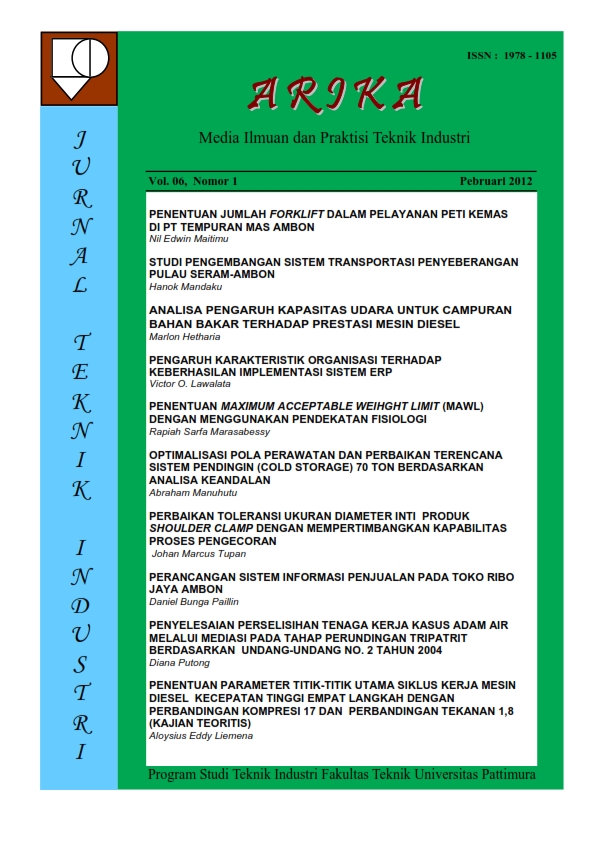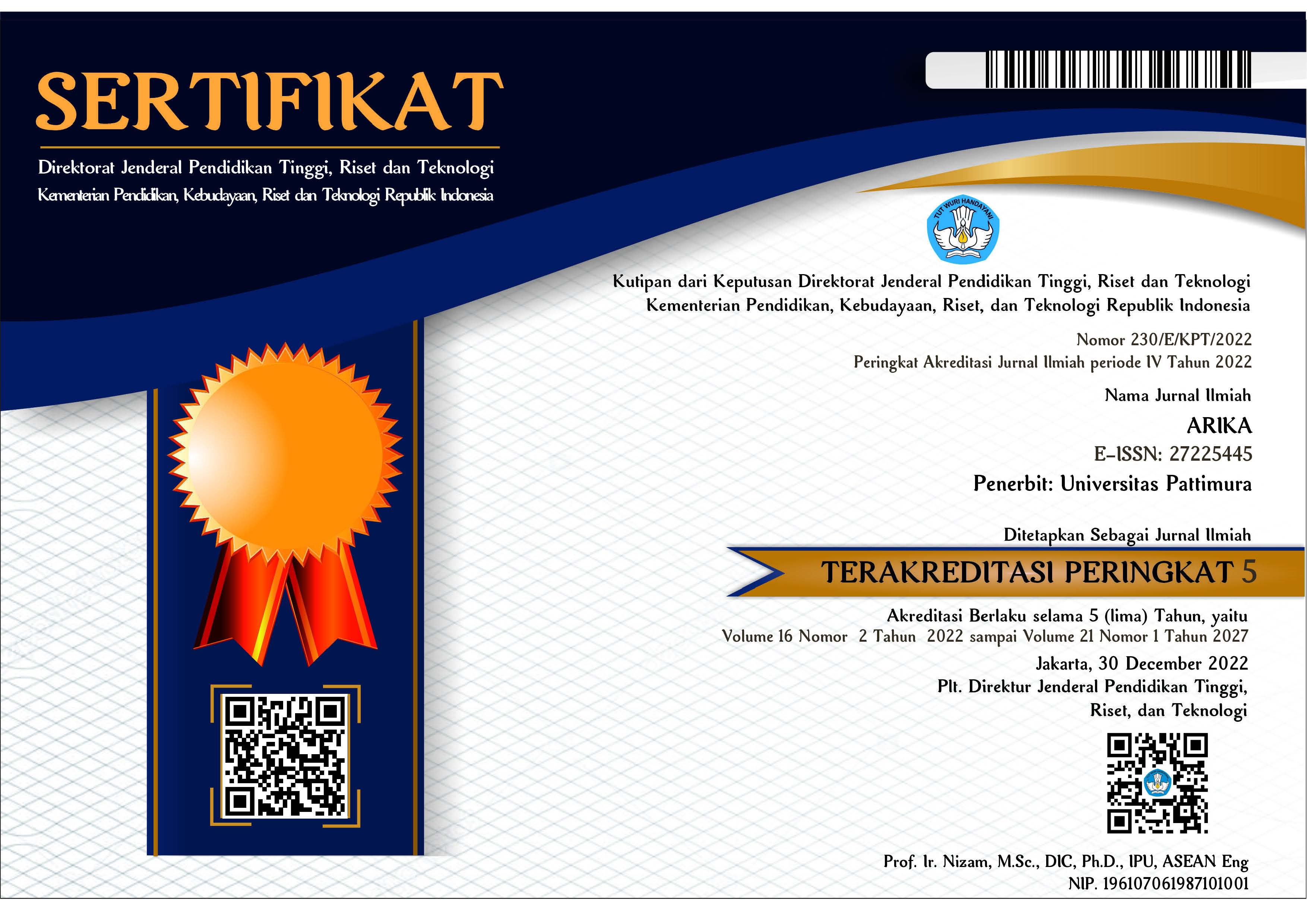Penentuan Parameter Titik-Titik Utama Siklus Kerja Mesin Diesel Kecepatan Tinggi Empat Langkah Dengan Perbandingan Kompresi 17 Dan Perbandingan Tekanan 1,8 (Kajian Teoritis)
Abstract
An internal-combustion engine is the name given to a reciprocating heat engine in which the fuel is burned directly inside a working cylinder. The mixture of gases produced upon the combustion of the fuel in the cylinder of the engine forms the working substance which presses against the piston and does work. The entire working cycle of a four-stroke engine is completed during four strokes of the piston or two revolutions of the crankshaft, with only one stroke of the piston being a working one. The shaft rotates during the other strokes at the expense of the work performed in other cylinders or of the reserve energy stored by the flywheel during the power stroke of the piston. The pressure and temperature at the principal points that characterize the working cycle of a diesel engine can be determined from formulas of thermodynamics with account taken of the thermochemical processes that take place in the engine. The result of determine the parameter is the pressure and temperature at the beginning of compression, pa= 0,90 kg/cm2and Ta= 310 K, pressure and temperature at the end of kompression, pc= 40,1 kg/cm2 and Tc= 812,3 K, and pressure and temperatuer at the end of combustion, pz=72,18 kg/cm2and Tz= 1984,12 K and pressure and temperature at the end of expansion, pb= 3,454 kg/cm2and Tb= 1135,5 K.
Downloads
An author who publishes in the ARIKA Jurnal agrees to the following terms:
- The author retains the copyright and grants ARIKA journal the right of first publication of the work simultaneously licensed under the Creative Commons Attribution-ShareAlike 4.0 License that allows others to share the work with an acknowledgment of the work's authorship and initial publication in this journal.
- The author is able to enter into separate, additional contractual arrangements for the non-exclusive distribution of the journal's published version of the work (e.g., post it to an institutional repository or publish it in a book) with the acknowledgment of its initial publication in this journal.
- The author is permitted and encouraged to post his/her work online (e.g., in institutional repositories or on their website) prior to and during the submission process, as it can lead to productive exchanges, as well as earlier and greater citation of the published work (See The Effect of Open Access).










